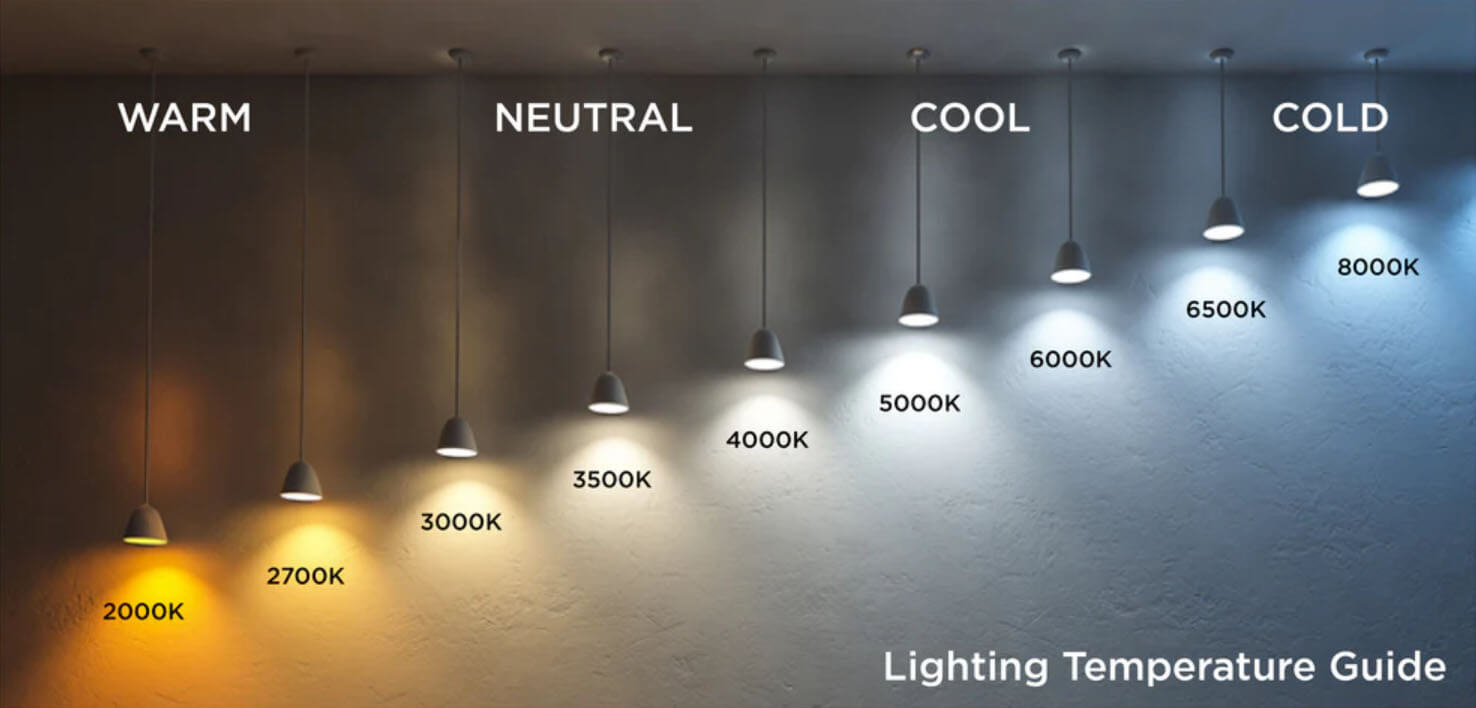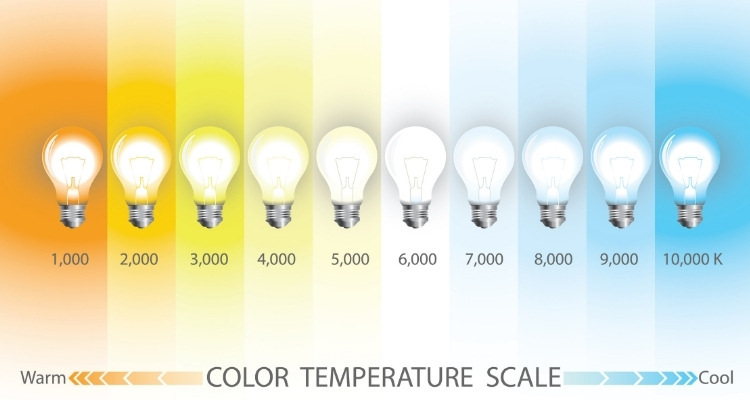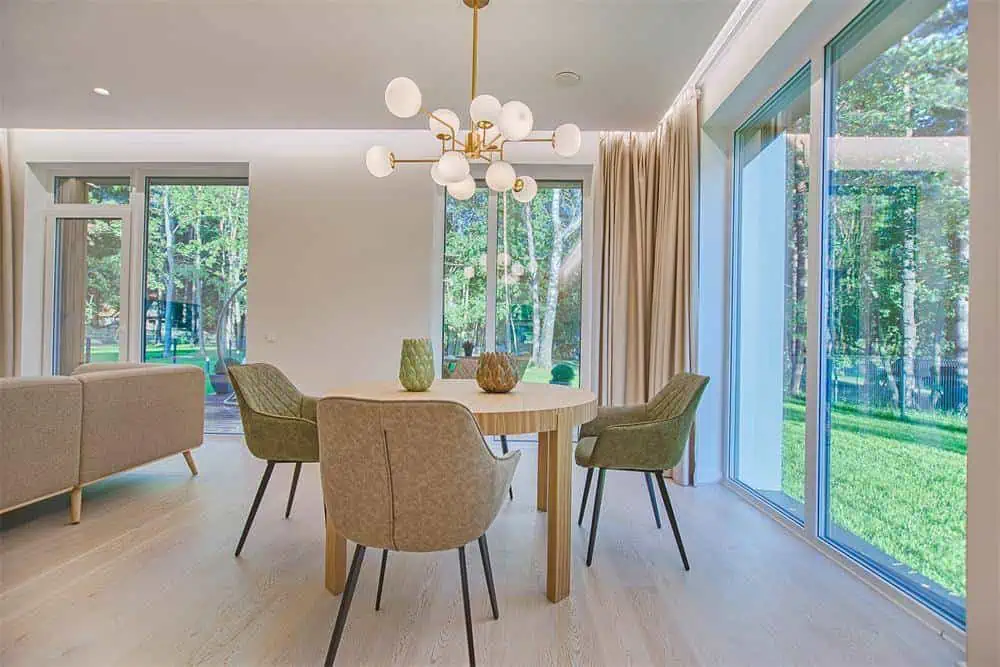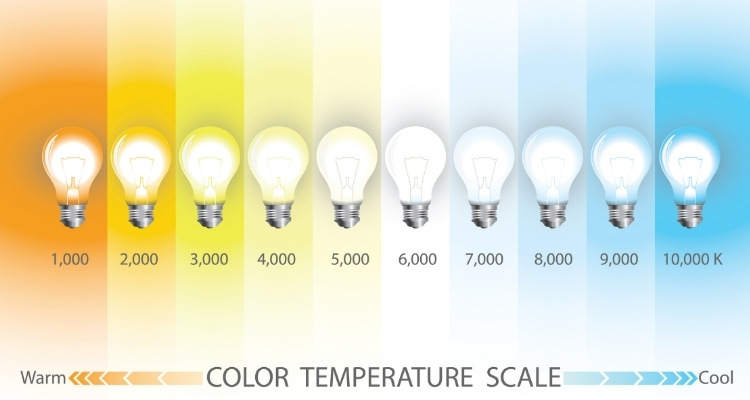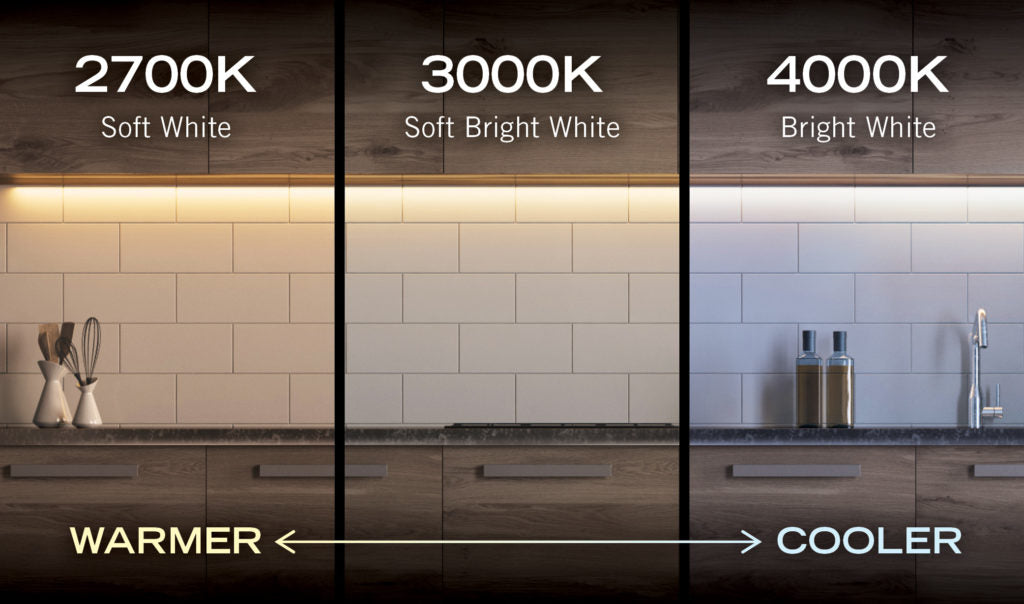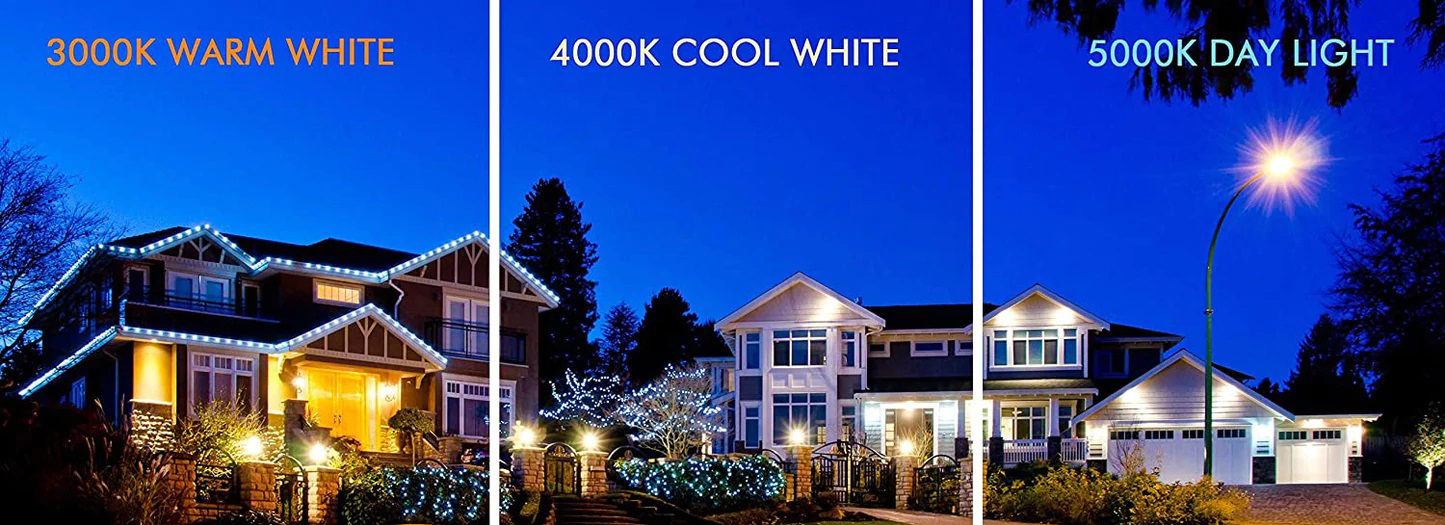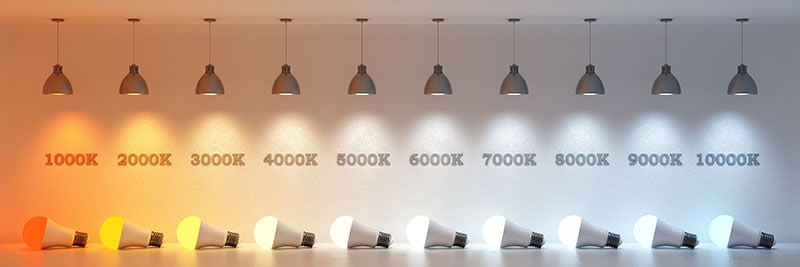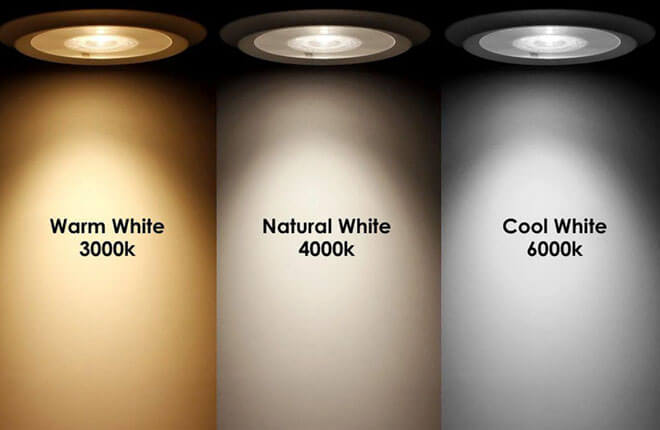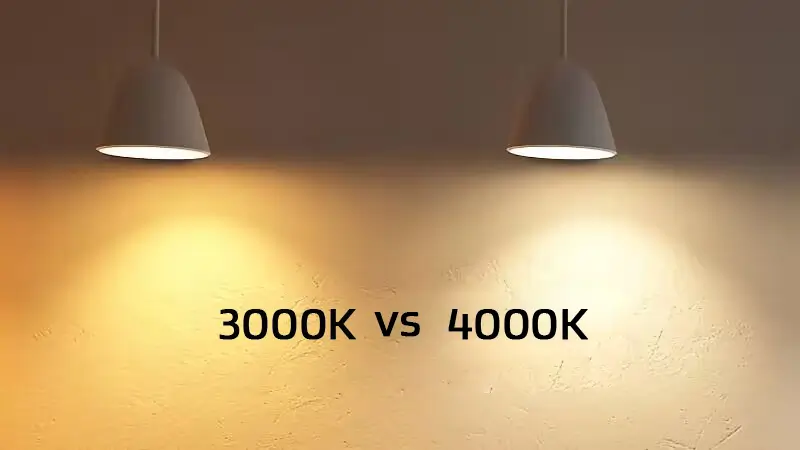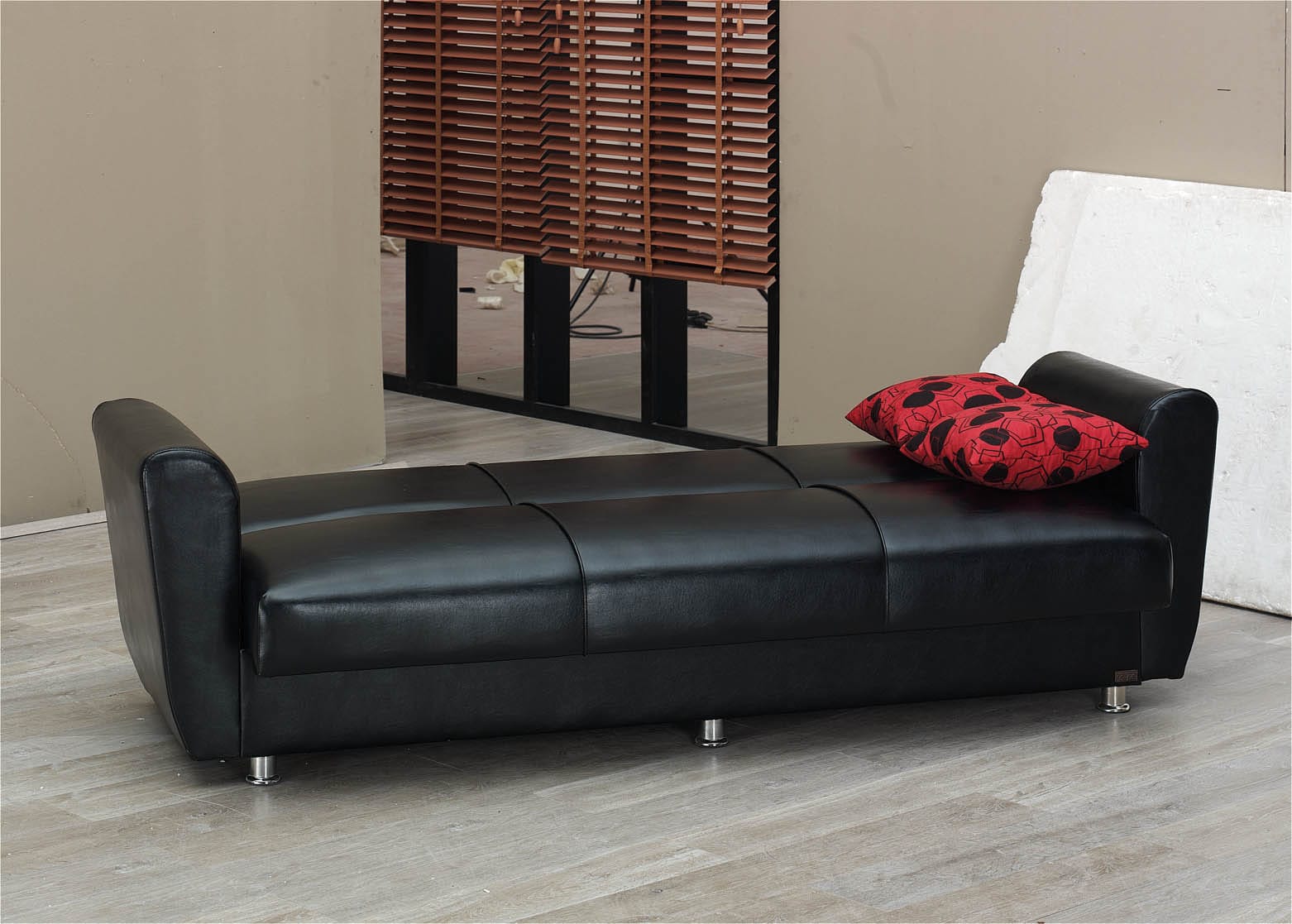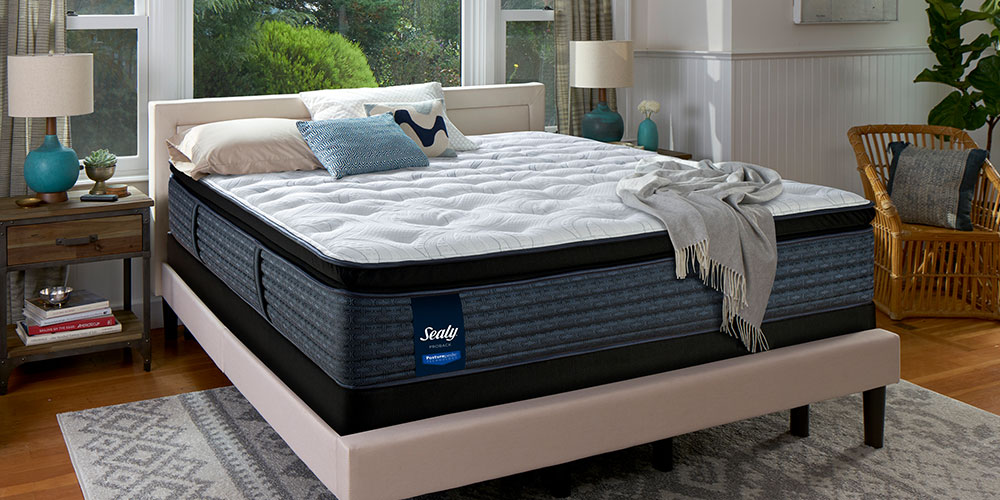When it comes to creating the perfect atmosphere in your living room, lighting is key. The right lighting can completely transform the mood and ambiance of a space, making it warm and inviting or cool and modern. But with so many options available, it can be overwhelming to choose the right type of lighting for your living room. One of the biggest decisions you'll need to make is the color temperature, with 3000k and 4000k being two popular choices. So which is better for your living room? Let's take a closer look at the differences between 3000k and 4000k and help you decide which one is right for you.3000k vs 4000k: Which is Better for Your Living Room Lighting?
Before we dive into the differences between 3000k and 4000k, let's first understand what color temperature is and how it affects the overall look and feel of a room. Color temperature is measured in Kelvin (K) and is a way to describe the appearance of light, whether it is warm or cool. The lower the number, the warmer the light appears, while higher numbers indicate cooler tones. 3000k is considered a "warm" light, while 4000k is categorized as "cool."Choosing the Right Color Temperature for Your Living Room: 3000k vs 4000k
Now that you have a basic understanding of color temperature, let's compare 3000k and 4000k specifically for living room lighting. 3000k is often described as a cozy, inviting light that mimics the warm glow of a candle or fireplace. It creates a comfortable and intimate atmosphere, making it perfect for spaces where you want to relax and unwind, such as a living room. On the other hand, 4000k has a cooler, more natural light that is often compared to daylight. It can make a space feel more modern and energizing, making it ideal for areas where you need to be productive, like a home office or kitchen.Comparing 3000k and 4000k for Living Room Lighting: Which One is Right for You?
If you're looking to create a cozy and welcoming living room, 3000k is the way to go. Its warm tones are perfect for creating a relaxing and comfortable atmosphere, making it an ideal choice for a space where you'll be spending a lot of time lounging and unwinding. 3000k also has the added benefit of making skin tones look more flattering, making it a great option for entertaining guests.3000k vs 4000k: The Best Color Temperature for a Cozy Living Room
While 3000k may be the go-to choice for a cozy living room, 4000k has its own unique benefits. Its cooler tones can make a space feel more modern and sleek, making it a popular choice for contemporary and minimalist designs. Additionally, 4000k is often used in areas where you need to be more alert and focused, such as a home office or reading nook in your living room.Understanding the Differences Between 3000k and 4000k for Living Room Lighting
At the end of the day, the best color temperature for your living room will depend on your personal preferences and the overall look and feel you want to achieve. 3000k is great for creating a cozy and inviting atmosphere, while 4000k can make a space feel more modern and energizing. You can also mix and match the two temperatures by using 3000k for general lighting and 4000k for task lighting, such as a reading lamp or pendant light over a work area.3000k vs 4000k: Which Color Temperature is Ideal for Your Living Room?
When deciding between 3000k and 4000k for your living room, it's important to consider the other elements in the space, such as furniture and decor. 3000k tends to work well with warm colors and natural materials, while 4000k pairs nicely with cooler tones and sleek, modern pieces. You can also play around with dimmers to adjust the color temperature and create different moods in your living room.Choosing the Perfect Color Temperature for Your Living Room: 3000k vs 4000k
The key to creating the perfect lighting for your living room is finding the right balance between 3000k and 4000k. While 3000k may be better for overall ambiance, 4000k can be used for task lighting and to add a touch of modernity. You can also experiment with layering different types of lighting, such as overhead fixtures, table lamps, and wall sconces, to create a well-rounded and dynamic lighting scheme.3000k vs 4000k: Finding the Right Balance for Your Living Room Lighting
As with any lighting choice, there are pros and cons to both 3000k and 4000k. 3000k creates a warm and cozy atmosphere, but it may not be bright enough for certain tasks. 4000k provides a modern and energizing light, but it may not be as relaxing for winding down in the evenings. Ultimately, it's important to consider your specific needs and preferences when deciding between the two color temperatures.Exploring the Pros and Cons of 3000k and 4000k for Living Room Lighting
When it comes down to it, the best color temperature for your living room will depend on your personal style and the mood you want to create in the space. But it's important to remember that you don't have to choose just one temperature. You can mix and match 3000k and 4000k to create a well-rounded and versatile lighting scheme that best suits your needs and preferences. So have fun experimenting and finding the perfect balance for your living room lighting!3000k vs 4000k: Which Color Temperature Will Create the Perfect Ambiance in Your Living Room?
The Importance of Lighting in House Design

Creating the Perfect Atmosphere
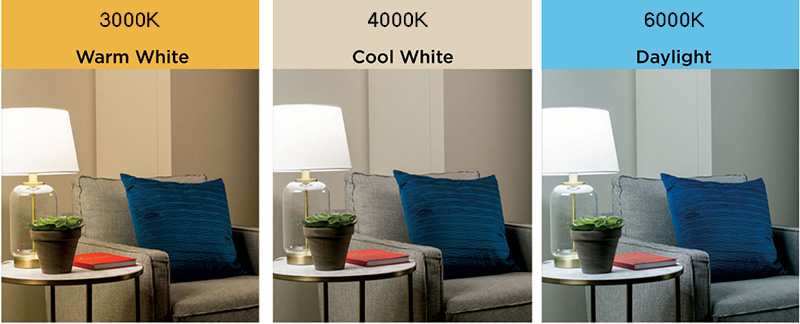 When designing a living room, one of the most important factors to consider is lighting. The right lighting can make or break the overall feel and atmosphere of a room. One aspect that often gets overlooked is the color temperature of the lights used.
3000k and 4000k
are two of the most common color temperatures for residential lighting, and each has its own unique qualities that can greatly impact the look and feel of your living room.
When designing a living room, one of the most important factors to consider is lighting. The right lighting can make or break the overall feel and atmosphere of a room. One aspect that often gets overlooked is the color temperature of the lights used.
3000k and 4000k
are two of the most common color temperatures for residential lighting, and each has its own unique qualities that can greatly impact the look and feel of your living room.
The Difference Between 3000k and 4000k
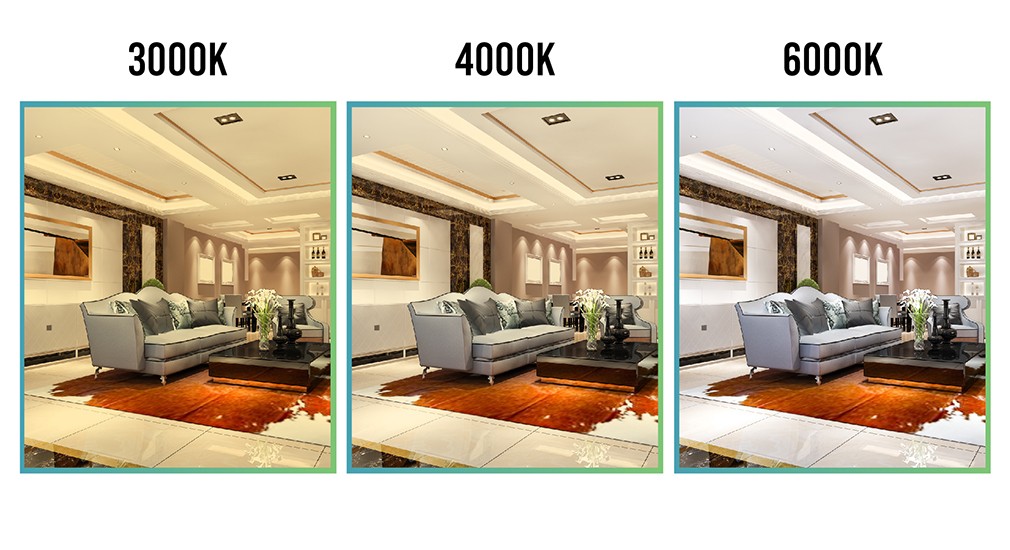 3000k
lighting is considered to have a warm, yellowish hue. It is often described as cozy and inviting, making it a popular choice for living rooms. On the other hand,
4000k
lighting has a cooler, bluish tone and is often associated with a more modern and sleek look. The difference in color temperature can greatly affect the overall ambiance of a room, so it's important to choose the right one for your living room.
3000k
lighting is considered to have a warm, yellowish hue. It is often described as cozy and inviting, making it a popular choice for living rooms. On the other hand,
4000k
lighting has a cooler, bluish tone and is often associated with a more modern and sleek look. The difference in color temperature can greatly affect the overall ambiance of a room, so it's important to choose the right one for your living room.
Creating the Perfect Balance
 When deciding between
3000k
and
4000k
for your living room, it's important to consider the overall design and style of the room. If you have a traditional, cozy living room,
3000k
lighting may be the better choice as it will enhance the warm and inviting atmosphere. However, if you have a more modern and minimalistic living room,
4000k
lighting can add a touch of coolness and sophistication.
When deciding between
3000k
and
4000k
for your living room, it's important to consider the overall design and style of the room. If you have a traditional, cozy living room,
3000k
lighting may be the better choice as it will enhance the warm and inviting atmosphere. However, if you have a more modern and minimalistic living room,
4000k
lighting can add a touch of coolness and sophistication.
Practical Considerations
 Aside from the aesthetic aspect, there are also practical considerations when it comes to choosing between
3000k
and
4000k
lighting.
3000k
lights are generally more energy-efficient and have a longer lifespan, making them a more cost-effective option in the long run.
4000k
lights, on the other hand, tend to produce a brighter and crisper light, making it a better choice for tasks that require good visibility, such as reading or working.
Aside from the aesthetic aspect, there are also practical considerations when it comes to choosing between
3000k
and
4000k
lighting.
3000k
lights are generally more energy-efficient and have a longer lifespan, making them a more cost-effective option in the long run.
4000k
lights, on the other hand, tend to produce a brighter and crisper light, making it a better choice for tasks that require good visibility, such as reading or working.
The Final Decision
 Ultimately, the decision between
3000k
and
4000k
lighting for your living room will depend on your personal preference and the design of your space. It's important to consider both the aesthetic and practical aspects before making a decision. If you're still unsure, consider consulting with a professional interior designer who can help you create the perfect lighting plan for your living room. With the right lighting, you can transform your living room into a cozy and inviting space or a modern and stylish one.
Ultimately, the decision between
3000k
and
4000k
lighting for your living room will depend on your personal preference and the design of your space. It's important to consider both the aesthetic and practical aspects before making a decision. If you're still unsure, consider consulting with a professional interior designer who can help you create the perfect lighting plan for your living room. With the right lighting, you can transform your living room into a cozy and inviting space or a modern and stylish one.






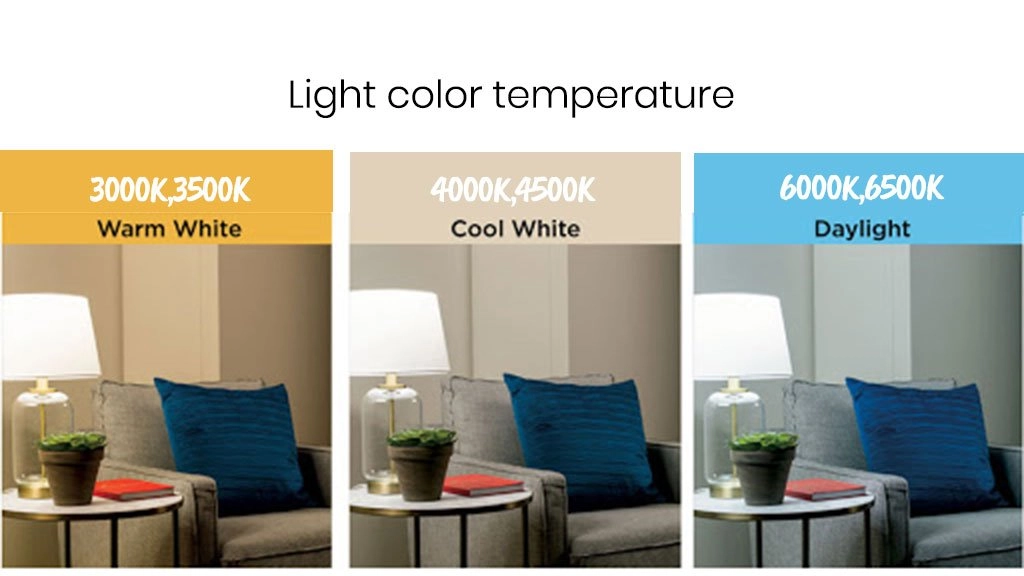
:max_bytes(150000):strip_icc()/living-room-area-rugs-1977221-e10e92b074244eb38400fecb3a77516c.png)






